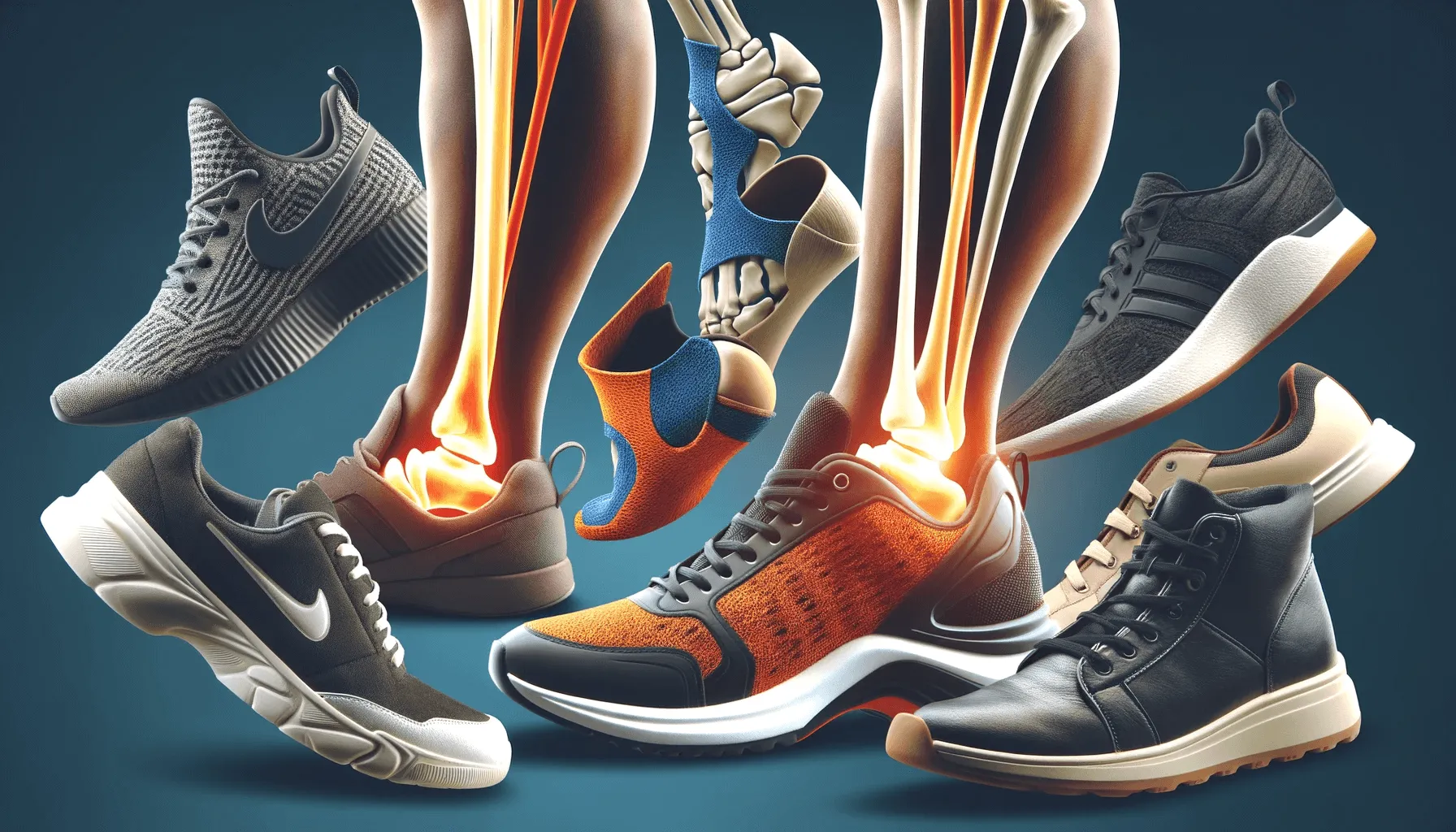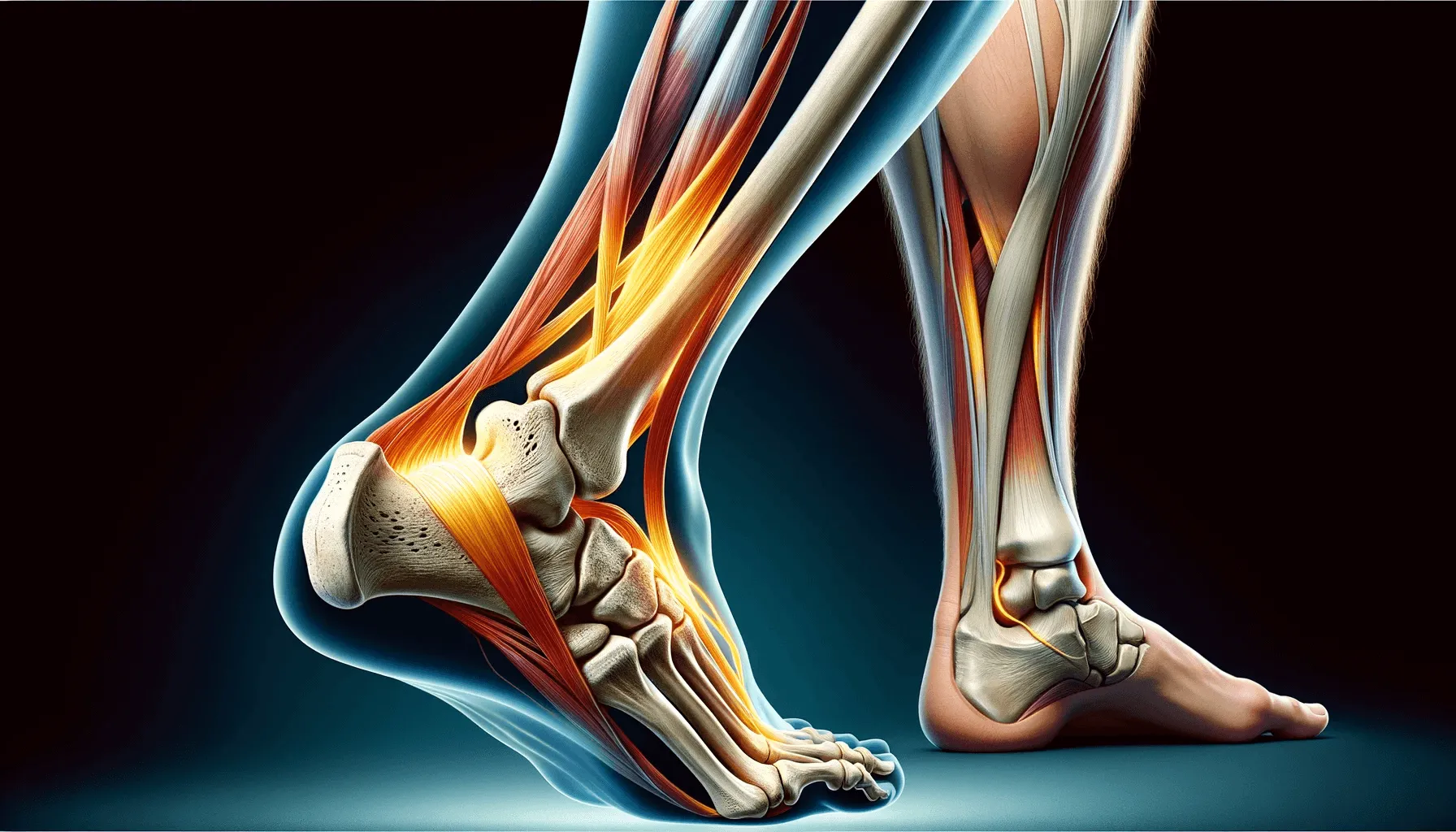Just as Achilles’ heel was his point of vulnerability, could our shoes be the Achilles’ heel for our tendons? This article explores the intriguing question: Can shoes trigger Achilles tendonitis? We will lace up our investigative boots and step into the world of footwear, anatomy, and health.
Contents
- 1 Understanding Achilles Tendonitis
- 2 Can Shoes Trigger Achilles Tendonitis?
- 3 The Do’s And Don’ts Of Footwear
- 4 The Role of Footwear in Tendon Health
- 5 Identifying Problematic Shoes
- 6 Signs Your Shoes May Be Causing Trouble
- 7 Choosing the Right Shoes for Tendon Health
- 8 Alternative Factors Contributing to Achilles Tendonitis
- 9 Preventative Measures Beyond Footwear
- 10 When to Seek Professional Help
- 11 Conclusion: Stepping Forward with Awareness
Understanding Achilles Tendonitis
The Achilles tendon, the strongest and largest tendon in the body, is the sinewy hero of our lower limbs, facilitating our most basic and intricate movements. However, like all heroes, it has its vulnerabilities. Achilles tendonitis occurs when this tendon becomes inflamed, often manifesting as pain at the back of the heel. It’s akin to a sturdy rope fraying under persistent strain. This condition often arises from repetitive stress, making it a common bane for athletes and the physically active.
Can Shoes Trigger Achilles Tendonitis?
Here lies the crux of our tale. Shoes, often seen as mere accessories, play a pivotal role in the health of our Achilles tendon. The wrong type of shoes can act as silent antagonists, contributing to the development of tendonitis. High heels, for instance, keep the tendon in a perpetually shortened state, while flat, unsupportive footwear can lead to overstretching. Each step in ill-fitting shoes can be a subtle knock to the integrity of this vital tendon.
The Do’s And Don’ts Of Footwear

| Do’s | Don’ts |
|---|---|
| Choose shoes with adequate arch support | Wear high heels for prolonged periods |
| Opt for shoes with cushioned heels | Use flat shoes with insufficient cushioning |
| Ensure a comfortable, snug fit | Ignore signs of wear and tear in shoes |
| Select shoes that allow natural foot movement | Choose shoes that are too tight or too loose |
| Regularly replace worn-out shoes | Neglect the importance of shoe quality |
The Role of Footwear in Tendon Health
Footwear serves as the primary interface between our complex foot structures and the varied terrains we traverse. The right shoes act as supportive allies, ensuring proper foot alignment, cushioning against impacts, and facilitating natural foot movements. They safeguard our Achilles tendon from undue stress, akin to a supportive friend who’s there to catch you when you stumble.
Identifying Problematic Shoes
The villains in our story are often hiding in plain sight: high heels that overly strain the tendon, flat shoes lacking cushioning, or old, worn-out sneakers that no longer provide support. Like a detective, we must scrutinize our shoes for signs of insufficient arch support, inadequate heel cushioning, or poor fit – all potential contributors to tendonitis.
Signs Your Shoes May Be Causing Trouble

Our feet often whisper warnings that we’re prone to ignore. These signs include increased heel pain after wearing certain shoes, discomfort that fades when shoes are removed, or a feeling of strain in the Achilles area. Heed these whispers; they’re the first line of defense against developing chronic issues.
Choosing the Right Shoes for Tendon Health
Embark on a quest for the Holy Grail of footwear. Ideal shoes should have a firm yet cushioned heel, support the arch, and allow for natural foot movement. They should fit snugly but not tightly, providing a stable base that promotes a healthy stride. This choice is as crucial as selecting the right partner in a dance, ensuring harmony and balance with each step.
Alternative Factors Contributing to Achilles Tendonitis
While shoes are significant, they’re not the sole factor. Overuse of the tendon, sudden increases in physical activity, poor stretching habits, and even certain medical conditions can play a role. It’s a multifaceted issue, requiring a holistic view for effective prevention and treatment.
Preventative Measures Beyond Footwear
Preventing Achilles tendonitis is a symphony of actions beyond just choosing the right shoes. Incorporate regular stretching, particularly for the calf muscles, into your routine. Gradually increase the intensity of physical activities, and pay attention to body signals to avoid overuse. It’s about creating a harmonious balance in your daily activities to protect this vital tendon.
When to Seek Professional Help
If heel pain becomes a persistent shadow in your life, seek the guidance of a healthcare professional. Persistent or worsening pain requires a professional diagnosis to unravel the complexities of your symptoms. They can offer tailored advice and treatment options, potentially including physical therapy, orthotics, or in severe cases, surgery.
Conclusion: Stepping Forward with Awareness
In conclusion, our journey reveals that shoes can indeed play a role in triggering Achilles tendonitis. However, this condition is a tapestry woven from many threads – footwear choices, physical activity, and personal health factors. By stepping forward with awareness and care in our choices, we can protect and preserve the health of our Achilles tendon, ensuring it remains strong and resilient on the path of life.







































